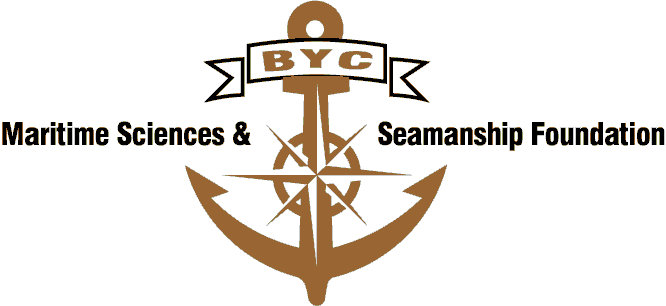Dear MSSF,
Thank you so much for your help, which gave me the opportunity to attend the SCYYRA Clinic on December 5th and 6th. The three coaches for the weekend, Nathan Dunham, Nick Kaschak, and Kayla McComb provided me with an abundance of tips and tricks for sailing the Club 420 in light breeze.
The conditions for the weekend were light; we saw a maximum of around 11 knots, which meant that although I didn’t get to get practice on the trapeze, I was able to really focus on what I was doing with my bodyweight in the boat and practice boat-handling for the lighter weather.
On the first day of the clinic we were able to really focus on boat set up which included tension and mast rake and how each of those affects the boat in terms of power, and then we also measured everyone’s mast placement in the boat to support the idea that everyone’s settings will be different because of the various factors and personalities for each boat.
Once the wind finally picked up, we were able to tow out to the ocean and because the group of 420s was around 20 boats, each coach took a group of sailors to perform a drill that focused on a specific part of racing. Nate’s drill focused on acceleration off of starts and then the first beat. After doing a lot of accelerations, I was able to really get a feel for how much the boat needed to be rolled in order to get flow over the boards and get the boat moving.
Next with Nick, we really worked on upwind speed and boat-handling maneuvers in the lighter breeze, really focusing on being smooth in the boat, but manhandling it at the same time in order to get it to stay powered up. As we were in the ocean, the water was pretty choppy which gave my partner and I the opportunity to work on keeping the boat moving through the chop with speed instead of stalling after each set of waves and having to repower up the boat.
With Kayla, we were practicing spinnaker handling with a short windward-leeward course which forced us to get the kite up and the pole set very quickly to get pressure in the sails before we had to gybe and douse and do it again. Also it could have gotten a bit repetitive, the excitement that was involved in the idea of “How fast can you get your kite up and flying before you have to take it down?” kept the drill exciting and allowed us to get into a competitive mindset somewhat like what we would have during a real race.
At the end of the day, we watched video from our drills out on the water and were able to critique boat-handling errors which was super great because seeing a good role tack versus one that wasn’t quite the best allowed us to discuss how the one person went about it versus the other. Watching the video also revealed during the accelerations for example, how big yet controlled rolls were beneficial across the board for getting up to speed the quickest.
On Sunday after Chris Barnard shared with us some of his sailing experiences and his plans, which allowed him to maximize his sailing time when he was younger, the 420 group finished up discussions from the previous day. We were able to get out on the water a little earlier than the day before and we had a race day out on the water. We were able to execute what we had learned the day before like accelerations and upwind boat speed in real races where the whole class was combined and could see where they fell in the standings.
Overall, the clinic gave me the opportunity to ask such knowledgeable people questions about a boat with which I am still getting familiar. By the end of Sunday, our boat speed was one of the best on the course because Kayla really helped me understand how to be smooth inside the boat and do the “slither” as she called it which was her way of explaining to me how to ease your body on to the rail if we got a puff or ‘slither’ back into the boat if it died.
Thank you again for your support, which allowed me to receive such excellent coaching and learn so much as a sailor.
Grace Vandervort
